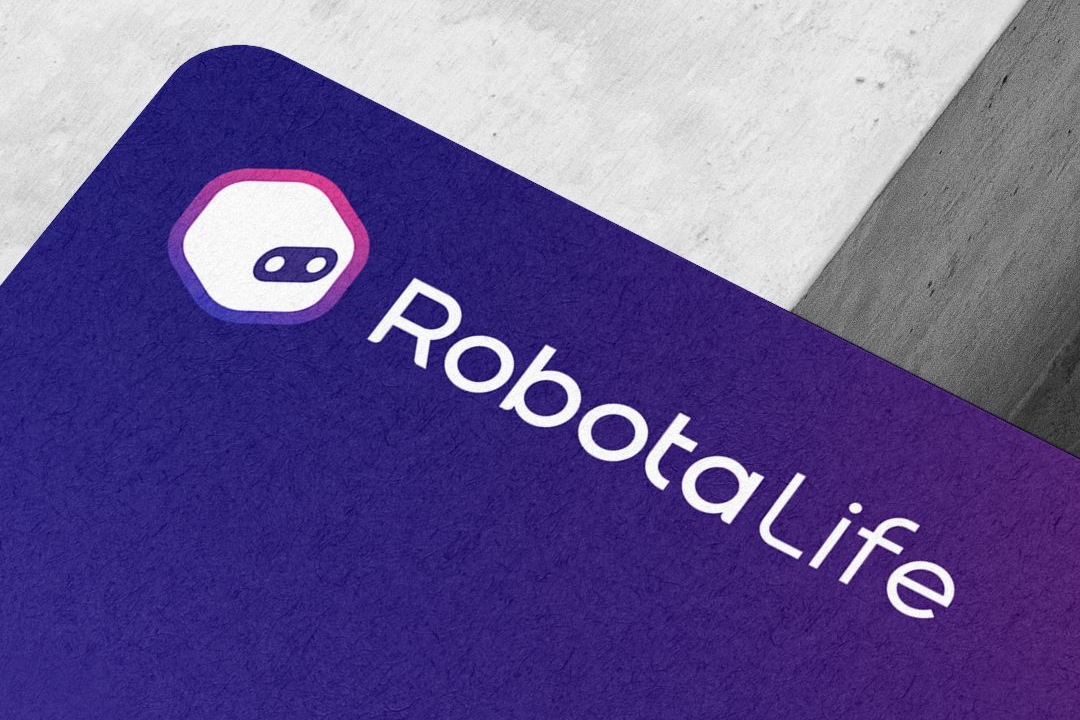What Are Stablecoins?
Stablecoins are digital currencies that aim to reduce the volatility often associated with cryptocurrencies such as Bitcoin. To do this, they are pegged to the value of a specific currency, commodity, or financial instrument. This makes stablecoins more suitable for everyday transactions than other cryptocurrencies that can experience significant price fluctuations. Stablecoins can be pegged to various references, including the US dollar or the price of gold. They may achieve price stability by using reserve assets as collateral or through algorithms controlling their supply. Despite their potential benefits, stablecoins continue to face scrutiny from regulators due to the size of the market and its potential impact on the financial system.
Why Are Stablecoins So Important?
Bitcoin is the most well-known cryptocurrency, but it is also known for its high price volatility. For example, in March 2020, its price was almost $5,000, but it surged to over $63,000 in April 2021, only to drop almost 50% in the next two months.
Intraday price movements can also be significant, with the cryptocurrency sometimes fluctuating more than 10% within a few hours. This volatility can be attractive to traders, but it is risky for buyers and sellers to use Bitcoin for everyday transactions. Investors holding Bitcoin for long-term appreciation may not want to risk paying 10,000 Bitcoins for two pizzas.
In contrast, merchants may not want to accept payment in a cryptocurrency that could significantly decrease in value after they receive it. To serve as a medium of exchange, a currency must remain relatively stable to maintain its purchasing power in the short term. Stablecoins are a type of cryptocurrency that aims to address this issue by promising to maintain the value of the cryptocurrency in various ways.
What Type of Stablecoins Are There?
Stablecoins are digital currencies designed to maintain a stable value, often pegged to a specific reference such as a currency or commodity. Some people believe stablecoins are unnecessary because the US dollar is widely accepted and stable. In contrast, others believe that the future lies with digital currencies that central banks do not control. There are three main types of stablecoins, which are classified based on the method used to stabilize their value.
Fiat-Collateralized Stablecoins
Fiat-collateralized stablecoins are backed by reserves of a fiat currency, such as the US dollar, to maintain the stablecoin’s value. These reserves can also be in the form of precious metals, like gold or silver, or commodities like crude oil, but US dollars back most fiat-collateralized stablecoins.
These reserves are managed by independent custodians and are subject to regular audits. Tether (USDT) and TrueUSD (TUSD) are examples of stablecoins backed by US dollar reserves and designed to be equal in value to the dollar. As of August 2022, Tether (USDT) was the third-largest cryptocurrency by market capitalization, with a value of over $67 billion.
Crypto-Collateralized Stablecoins
Other cryptocurrencies back crypto-collateralized stablecoins as reserves. These reserves may also be subject to high price volatility, so these stablecoins are often overcollateralized, meaning that the value of the reserve cryptocurrency exceeds the value of the stablecoins issued.
For example, a cryptocurrency worth $2 million might be held as a reserve to issue $1 million in a crypto-collateralized stablecoin as a safeguard against a 50% decline in the value of the reserve cryptocurrency. One example of a crypto-collateralized stablecoin is MakerDAO’s Dai (DAI), which is pegged to the US dollar but backed by Ethereum (ETH) and other cryptocurrencies worth 150% of the DAI stablecoins in circulation.
Algorithmic Stablecoins
Algorithmic stablecoins do not necessarily hold reserve assets. Instead, they maintain the value of the stablecoin through an algorithm that controls the supply of the stablecoin. This is similar to how central banks, like the US Federal Reserve, maintain the value of the currency they issue by setting monetary policy based on predetermined parameters.
However, central banks have the advantage of issuing legal tender and being publicly accountable, which gives their policies credibility. Algorithmic stablecoin issuers do not have these advantages and may face challenges in times of crisis.
For example, the value of the TerraUSD (UST) algorithmic stablecoin dropped more than 60% on May 11, 2022, causing it to lose its peg to the US dollar, as the value of the Luna token, which is used to peg Terra, fell more than 80% overnight. A smart contract is a self-executing contract written in code and stored on a decentralized blockchain network. The code includes the terms of the agreement between the buyer and seller, and it controls the execution of the contract. Transactions made through smart contracts are trackable and irreversible.
Stablecoin Regulation
Stablecoins have drawn the attention of regulators due to the rapid growth of the market, which is worth over $130 billion, and the potential impact they could have on the financial system. In October 2021, the International Organization of Securities Commissions (IOSCO) recommended that stablecoins be regulated as financial market infrastructure, similar to payment systems and clearinghouses.
The proposed rules would focus on stablecoins that are considered systemically important by regulators, meaning those that have the potential to disrupt payment and settlement transactions. There have also been calls from politicians for stricter regulation of stablecoins. For example, Senator Cynthia Lummis (R-Wyoming) called for regular audits of stablecoin issuers, while others supported the implementation of bank-like regulations for the industry.
The Purpose of Stablecoins?
Stablecoins are digital currencies that aim to reduce the volatility often associated with popular cryptocurrencies, such as Bitcoin, which can make them less suitable for everyday transactions. By maintaining a stable value, stablecoins provide an alternative to the high price fluctuations often seen in cryptocurrencies.
Which Stablecoin Is Best?
Tether (USDT) is the largest stablecoin by market capitalization and is also consistently ranked in the top five cryptocurrencies by market cap. It is pegged to the US dollar at a 1:1 ratio and is backed by gold reserves. Tether can be found on many major cryptocurrency exchanges, such as Kraken, Binance, and Coinbase.
Be the first to try
Join our mailing list for early access to our service
Related Posts
February 14, 2023
Safesun coin

February 12, 2023
$loomi to USDT

February 8, 2023
XWP Price








